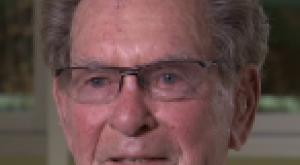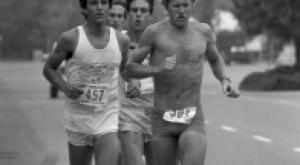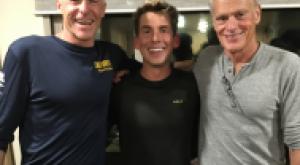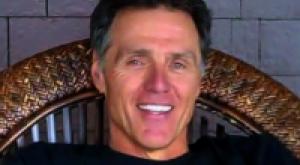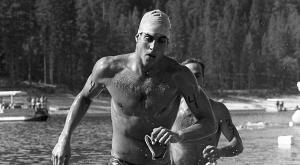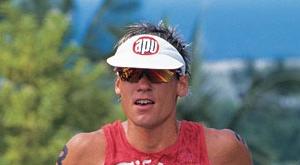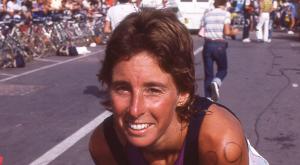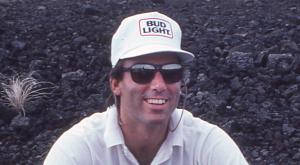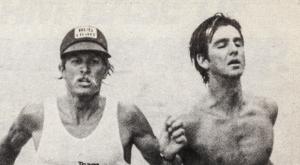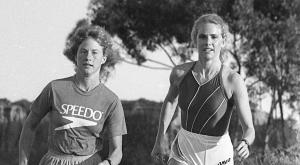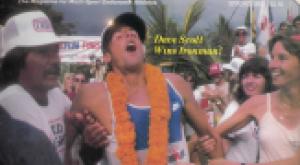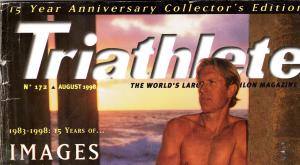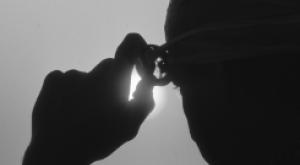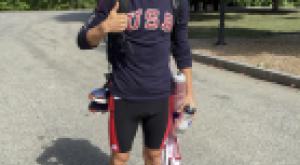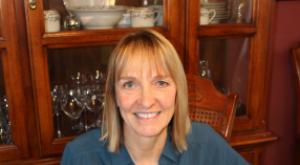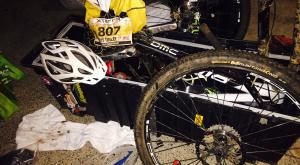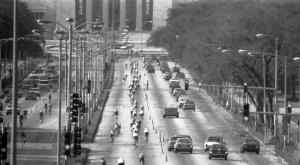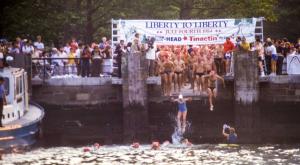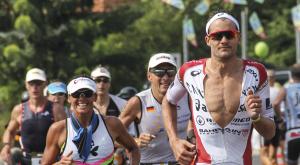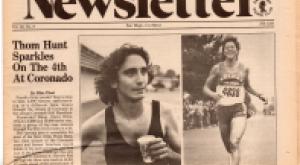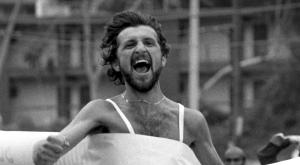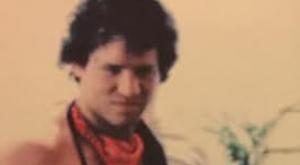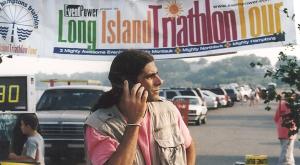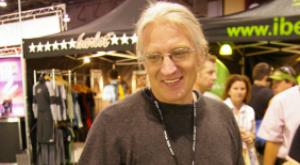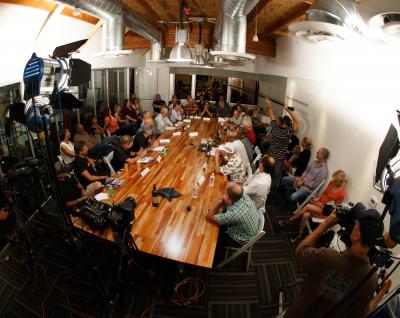
The Anniversary Roundtable was professionally filmed and recorded for future use.
Forty years to the day after the first triathlon was held on the shores of San Diego's Mission Bay, the pioneers of the nascent sport that combined swimming, cycling and running into an Olympic event and a lifetime passion for millions of people worldwide returned to this city for a historic reunion to swap anecdotes and share experiences about the early days of triathlon.
Among the participants were Don Shanahan, who along with Jack Johnstone, came up with the idea for the world's first triathlon — 6 miles of running, 5 miles of cycling and 500 yards of swimming — and Bill Phillips, the overall winner of that inaugural Mission Bay triathlon — a 46-person race that had to be illuminated by car headlights because it took place after work, starting at 5:45 p.m. on Sept. 25, 1974.
"We didn't realize it was going to be dark," Shanahan said. "We had no police, no permit, no authority. We just showed up."
That fact was not missed by the organizers of this event, two-time Ironman world champion Scott Tinley and triathlon journalist Mike Plant, who gathered some 30 of the movers and shakers of triathlon from the 1970s, 1980s and 1990s last night around a boardroom table at San Diego's Challenged Athletes Foundation at 6 p.m., precisely 40 years later, to reminisce about the early history of the sport for their website, trihistory.com.
The luminaries included Tom Warren, whose Ironman victory in 1979 first brought triathlon to the attention of the masses when a story about him appeared in Sports Illustrated; Kathleen McCartney and Julie Moss, whose crawl to the finish line in the 1982 Ironman while being passed by McCartney for the win put triathlon on the map when the drama aired on ABC's "Wide World of Sports"; and Jim Curl and Carl Thomas, who created the Bud Light U.S. Triathlon Series in 1982, which brought innovations such as bike racks and wave starts to triathlon and developed Olympic-distance triathlon into a sport that could be contested at the Olympic Games.
Some of the participants, like McCartney, came to the event after running, biking and swimming earlier that day in a re-creation of the first triathlon, which 40 years ago was organized by the San Diego Track Club as a novel, fun event for runners. "Most of the people in the race were runners," recalled Shanahan of that inaugural race, "so they had trouble in the swim."
Tom Rothhaar, then member of the track club who at 72, is now a pastor in Menifee, California, and still competes in marathons, recalled another thing. While the entry fee for that race was only $1, a bargain by today's standards, he said, "I thought it was kind of expensive at the time, because most of the track club events were 50 cents."
The first triathlon was actually an evolution from a 4.5-mile run and 300-yard swim called the Dave Pain Birthday Biathlon which two local runners and twin brothers, Wayne and Wally Buckingham, dominated each year. Wally worked as a beach lifeguard at the time, so he would ride his bike after work to the run-swim events in Mission Bay.
"I remember that it was just pure fun," he said. But when the run-swim turned into a run-bike-swim, the winner that day wasn't 22-year-old Wayne or Wally — then capable of running 29 minute 10ks. It was instead 44-year-old Phillips, now 84, who recalled that he somehow "got stronger as the race went on."
Also in that early race were John and Judy Collins, swimmers who decided to enter the race that year and the next because it seemed like a fun way to spend the afternoon and then went on to create the first Ironman in Hawaii in 1978. One of the great mysteries about that first triathlon in Mission Bay is how Judy finished ahead of John. He recalled it was a mix up in which he was partly to blame: It was dark, the headlights from the cars were shining in his eyes and he didn't get an official finish. "We didn't know nothing about nothing," he said, "and we didn't know which of these guys we should check in with at the finish. So I ended up not getting listed."
But the mix up with Collins' finish and the fact that the organizers didn't start the race early enough, were the only complaints 40 years later. "It ended up pretty much like we designed, except that we didn't realize it was going to be dark when we finished," Shanahan said.
So how and why did that first race 40 years ago come to be called a triathlon?
"My earliest recollection of this was sitting in the Johnstone home with Don and Jack and sitting around wondering what the course would be like," Rothhaar said, "but more importantly wondering what we were going to call this thing."
One of Johnstone's daughters remembered that her father simply decided that because the run-swim race that preceded it was two events and called a biathlon, the most logical thing was to remove the first two letters and call their new event a triathlon.
"To see this event done professionally now and to think that just 40 years ago it was so nonexistent that there was no name for it," Rothhaar said, is remarkable given the growth in the industry and the millions of people who now participate in the sport. But the local race with the dollar entry fee that started just for fun has remained true to its roots. For the pioneers of triathlon who still compete, the sport has always been about getting together with friends and having a good time.
For more on the top-moments in the first 40 years of the sport, visit usatriathlon.org/40years.
Kim McDonald is a long-time triathlete, former features editor of "Inside Triathlon" and head coach of the UC San Diego Triathlon Team.
All photography courtesy of and copyright by Mark Johnson, Ironstring, Writing & Photography.

